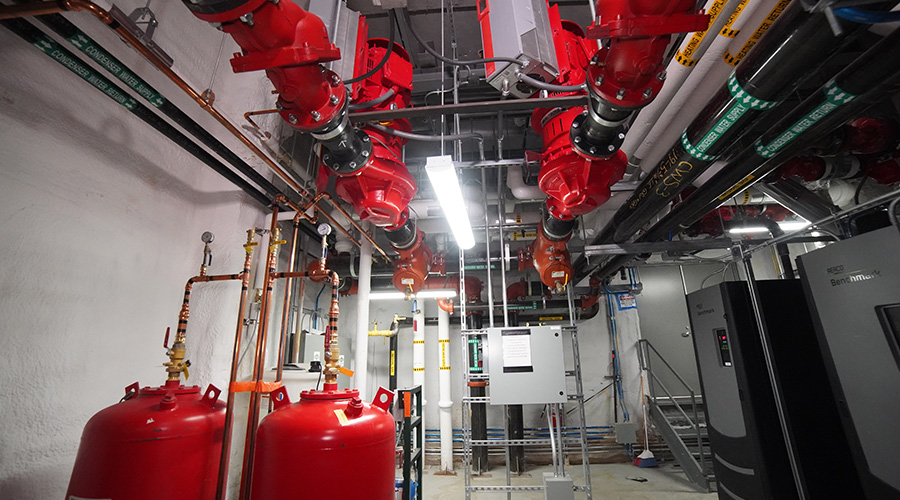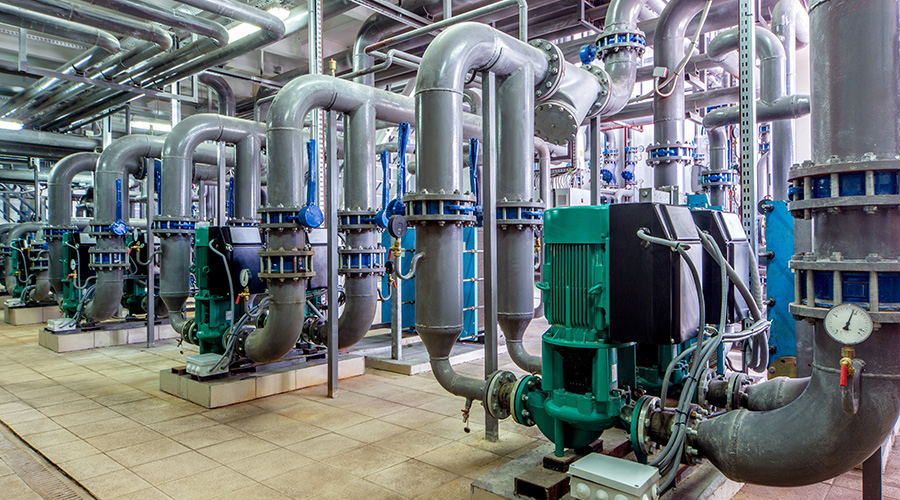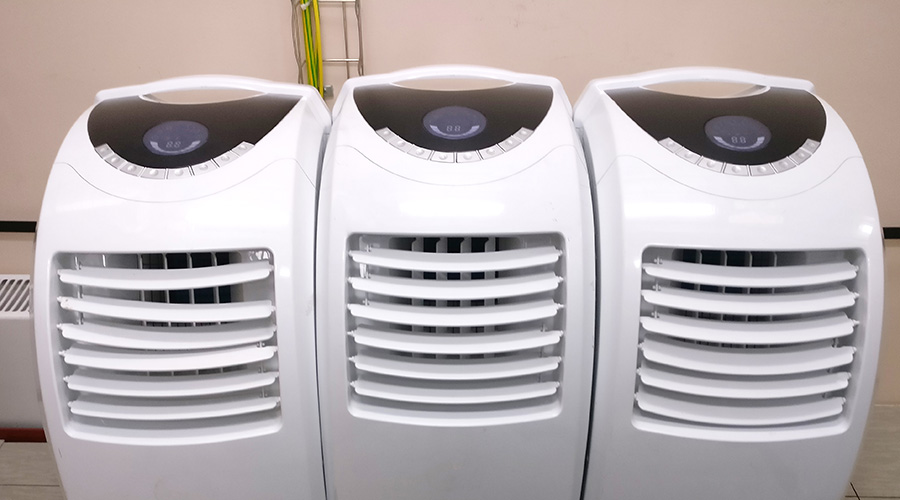Hospital Expansion: Efficient Equipment Neutralizes Higher Energy Costs
The West Campus will require a different operations and maintenance staffing model than the rest of the facilities because it is remote from the main hospital, and it will feature a central plant, which the main hospital does not have. The hospital uses district chilled water and steam for the main campus. The central plant on the West Campus will feature two 1,200-ton centrifugal chillers that include variable-frequency drives (VFDs), Milton says.
“When we open the central plant, which we’re bringing online in March, we’ve got to have licensed operating engineers with experience in operating boilers and chillers,” Milton says. “We have some on our staff. All we do now is bring in chilled water from our supplier at 40 degrees and run it through our systems and send it back to them warmer. We bring in 250-pound steam, and we run it through our different systems, and we send it back as condensate.”
The hospital’s energy costs are expected to jump from $19 million to $25 million with the Vision 2010 facilities, so the project team made sure many of the technologies in the new buildings — high-efficiency boilers, VFDs on pumps and fans, and T5 compact fluorescent lamps (CFL), for example — were as energy efficient as possible. The maintenance and engineering staff also is taking on retrofits designed to save energy and money in existing facilities, such as relamping F32 T8 CFLs with F28 T8s.
“We picked energy-efficient equipment; that was No. 1,” Milton says. “No. 2 is one of the major components of our energy costs is electricity. I’m trying to put together different tactics to reduce the cost of energy per unit.”
Related Topics:














